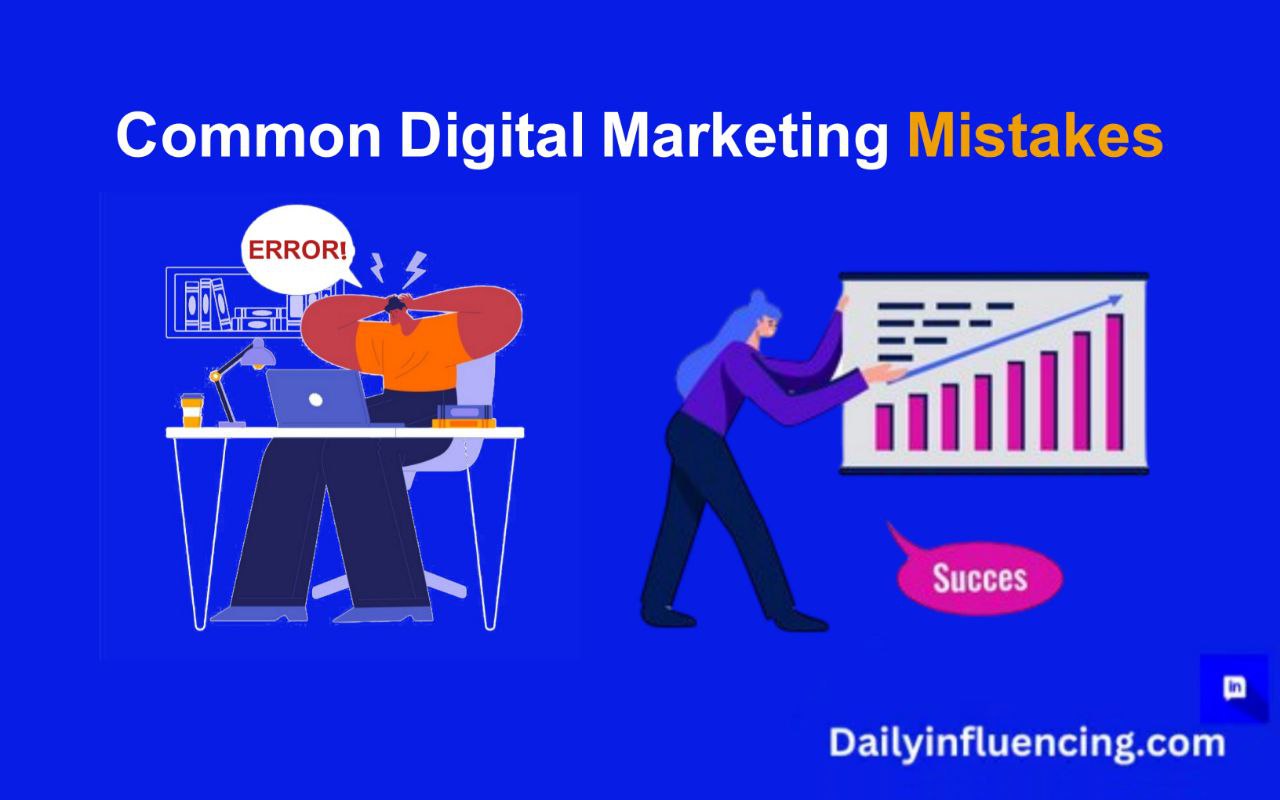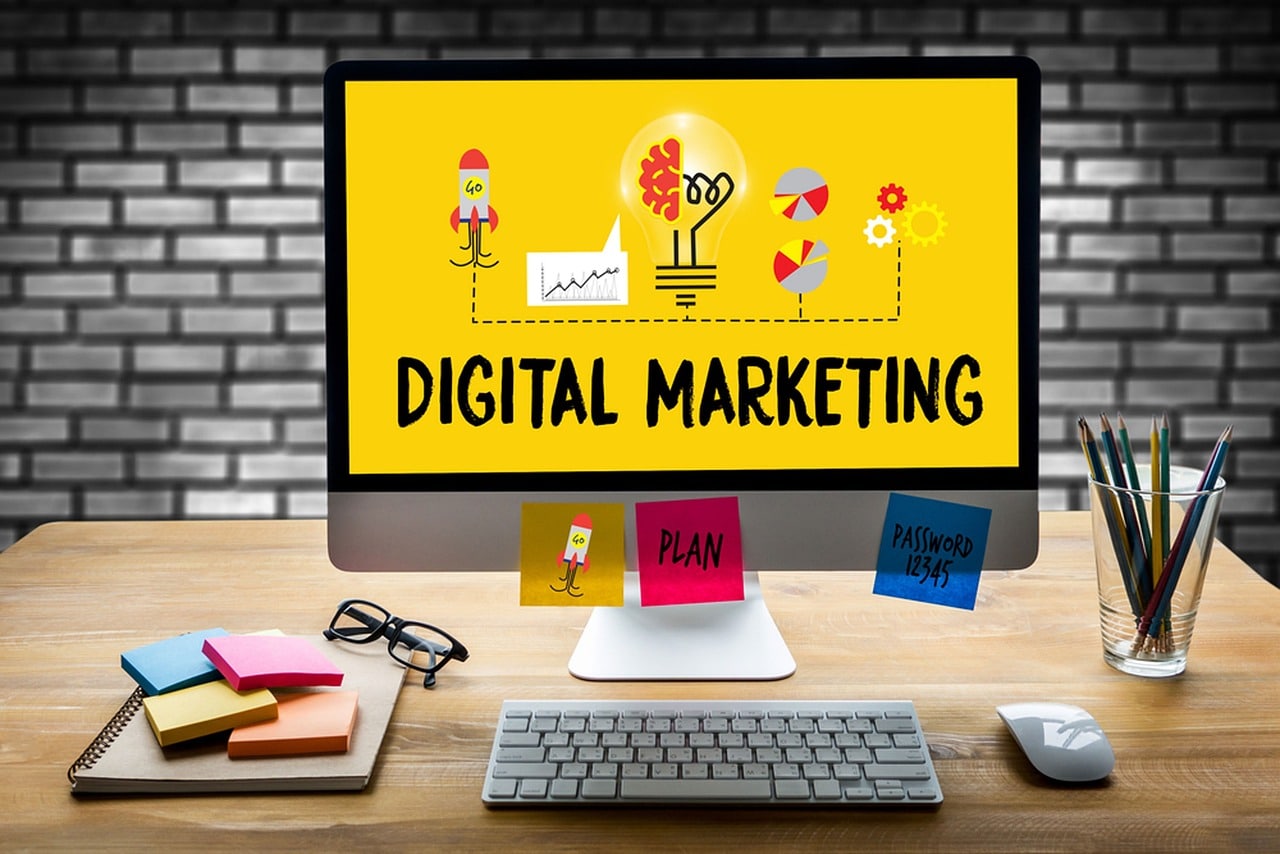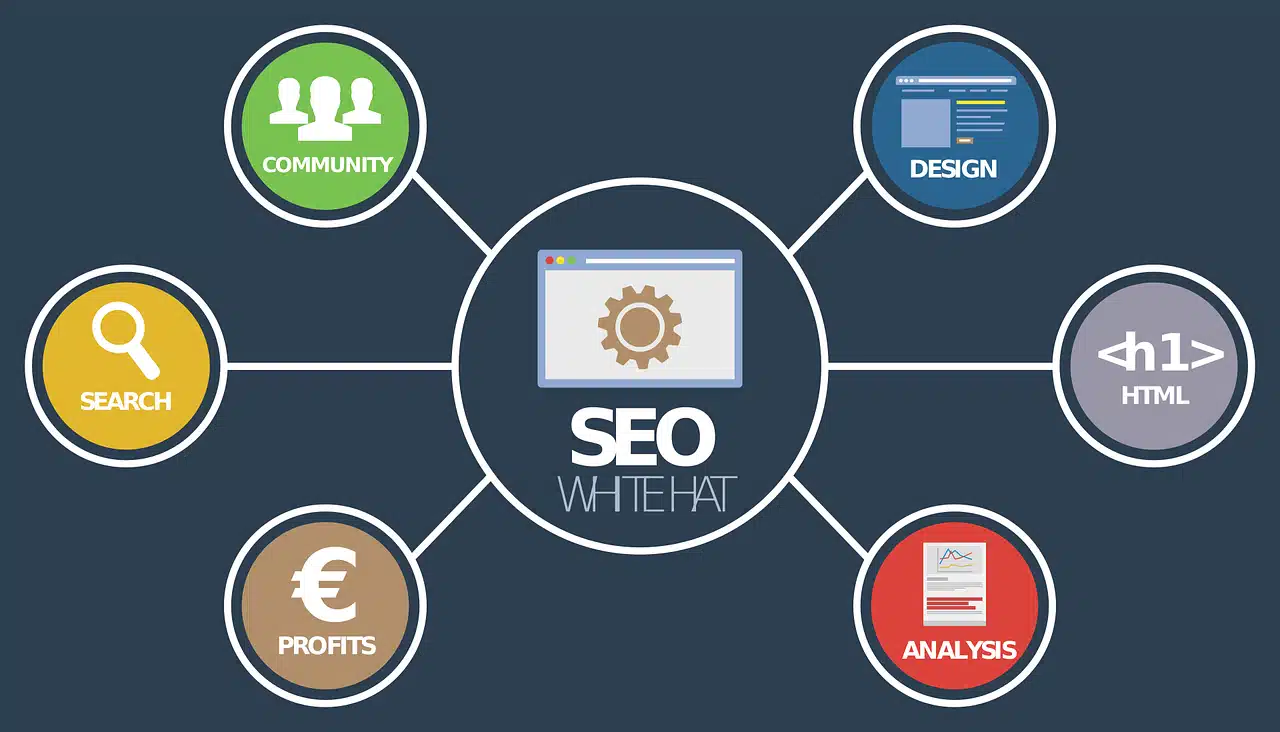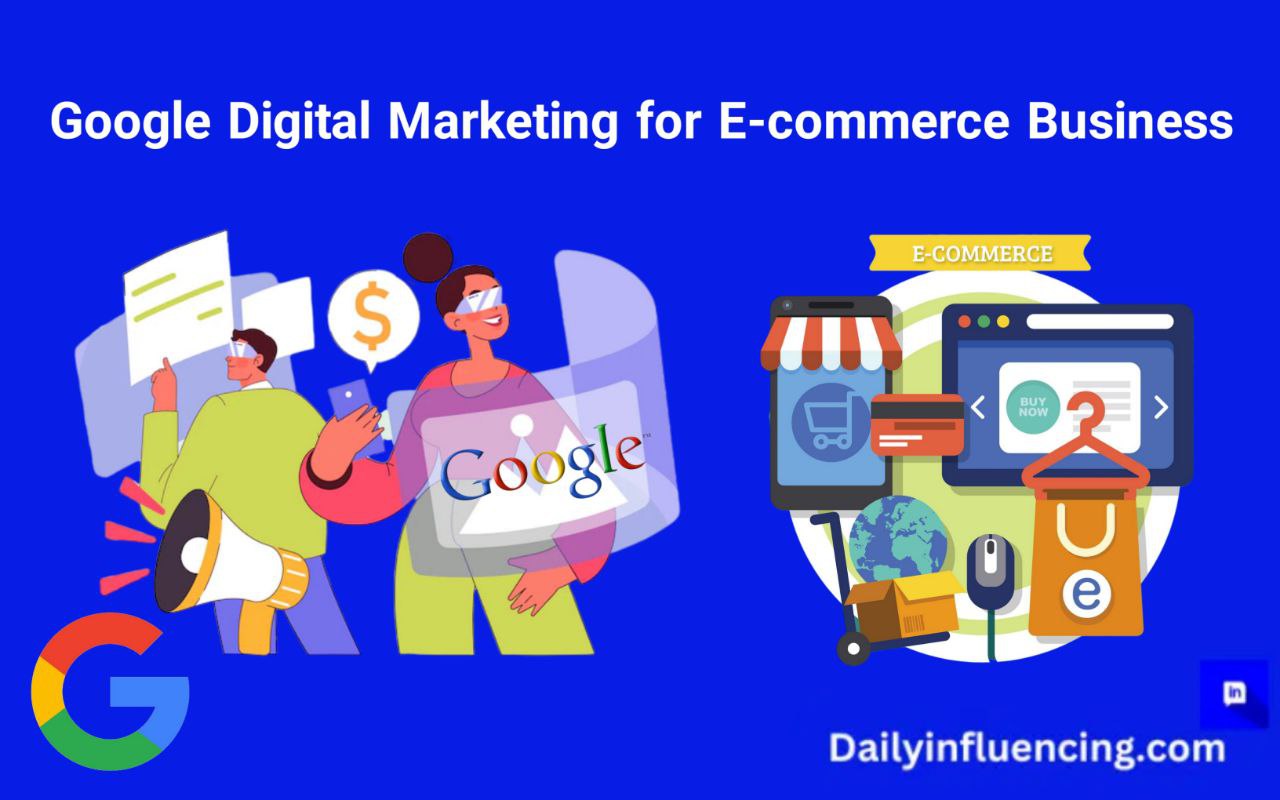
Have you ever wondered why your digital marketing strategies are not working out for your business?
However, digital marketing has become the backbone of business success. Whether you’re starting up a business or you have a well-established small business, building a strong online presence is important. However, many small businesses fall into common digital marketing mistakes that affect their growth, waste their time and resources, and fail to deliver the expected results.
In this post, we will teach you the most common digital marketing mistakes small businesses make and provide actionable solutions for you to avoid them. By understanding these pitfalls, you can adjust your strategy and work with the ones that are best for your niche, make informed decisions, and drive more engagement, leads, and sales.
Common Digital Marketing Mistakes Small Businesses Make (And How to Avoid Them)

Here are some common digital marketing mistakes in the industry and actionable solutions to them.
1. Lack of a Clear Digital Marketing Strategy
One of the biggest mistakes small businesses make is jumping into digital marketing without having a solid or clear plan. Many assume that simply being on social media or running ads will bring in customers which is not so. However, without a clear strategy, businesses end up wasting time and resources on efforts that don’t yield results.
How to Avoid This Digital Marketing Mistake
Start by creating a comprehensive digital marketing plan that aligns with your business goals. This plan should include:
Target audience identification: You should understand who your customers are, their needs, and how to reach them.
Marketing goals: Set specific, measurable, achievable, relevant, and time-bound (SMART) goals for your campaigns.
Tactics and channels: Decide which digital channels or platforms (social media, email, SEO, PPC, etc.) that will work best for reaching your audience or prospects.
Budget and resources: Allocate your resources effectively, including your time and budget, to different marketing activities.
By defining these elements upfront, you can create a best approach that yields consistent results.
2. Ignoring Search Engine Optimization (SEO)

Many small businesses overlook the importance of Search Engine Optimization (SEO). They build websites and businesses without considering how potential customers will find them online. SEO is ideal for making your website and businesses visible to search engines like Google. Without it, your site is like a shop in the middle of the desert—open for business, but no one knows it is there.
How to Avoid This Digital Marketing Mistake
Search Engine Optimization (SEO) should be at the heart of your digital marketing startegy. Here are a few steps to improve your site’s SEO:
Keyword research: Use tools like Google Keyword Planner or semrush to find relevant keywords that your audience is searching for. Focus on both short-tail and long-tail keywords.
On-page SEO: Optimize your website’s content, including titles, meta descriptions, headers, and images, to include relevant keywords.
Quality content: Create valuable, high-quality content that answers your audience’s questions and provides real value. Blog posts, tutorials, and guides are great for this.
Mobile optimization: Ensure your website is mobile-friendly since more people are browsing on mobile devices.
Technical SEO: Pay attention to the technical aspects of SEO like website speed, structured data, and SSL certification.
3. Focusing on Too Many Social Media Platforms
It’s easy to fall into the trap of thinking you need to be active on every social media platform. However, trying to manage too many platforms often leads to diluted efforts, inconsistent posting, and disengaged audiences. Spreading yourself too thin means you’re likely to fail in building meaningful connections with your audience.
How to Avoid This Digital Marketing Mistake
Instead of trying to be everywhere, focus on the platforms where your audience spends the most time. For example,
- If you’re targeting professionals, LinkedIn might be the best platform.
- If you’re appealing to younger audiences, Instagram or TikTok could be more effective.
- For visual content, Pinterest or Instagram may be ideal. Facebook is great for broad demographic targeting.
Start with one or two platforms, master them, and build a loyal following before expanding to other channels.
4. Neglecting Email Marketing
Small businesses often underestimate the power of email marketing. Some believe it’s outdated compared to newer channels like social media, but this couldn’t be further from the truth. However , email marketing offers a high return on investment (ROI), often outperforming social media in driving conversions. By neglecting email marketing, businesses miss out on an opportunity to directly communicate with customers in a personal way.
How to Avoid This Digital Marketing Mistake
To make the most of email marketing, focus on building an email list and creating value-driven campaigns. Here’s how:
Build a list: Use lead magnets like free eBooks, guides, or discounts to encourage visitors to subscribe to your mailing list.
Divide your audience: Divide your email list into different segments based on customer behavior or preferences to deliver more personalized content.
Nurture relationships: Send a mix of promotional and educational content to keep your subscribers engaged. Regular newsletters, updates, and special offers can help build loyalty.
Track and optimize: Monitor your open and click-through rates and adjust your campaigns based on performance.
5. Not Tracking and Measuring Results
Many small businesses invest time and money into digital marketing but fail to track their results. If you don’t measure the success of your campaigns, you won’t know what’s working and what needs to be improved. Without data, you’re essentially flying blind, making decisions based on guesswork.
How to Avoid This Digital Marketing Mistake
Set up analytics tools, such as Google Analytics and social media insights, to track your performance. Some key metrics to monitor include:
Website traffic: How many people are visiting your site and from which sources (organic, social media, referrals, etc.)?
Conversion rates: How many visitors are taking the desired action (making a purchase, signing up for a newsletter, etc.)?
Bounce rate: How many visitors leave your site after viewing only one page?
Engagement rates: How are your social media posts performing in terms of likes, shares, and comments?
By tracking these metrics, you can optimize your campaigns for better performance and higher ROI.
6. Overlooking Mobile Users
With more than half of all internet traffic coming from mobile devices, small businesses can no longer afford to ignore mobile users. Yet, many still fail to optimize their websites and content for mobile viewing, leading to poor user experiences and missed opportunities.
How to Avoid This Digital Marketing Mistake:
Make sure your website and digital content are mobile-friendly. Here’s how:
Responsive design: Use a responsive website design that adjusts to fit any screen size be it mobile phones or computers.
Fast load times: Mobile users expect websites to load quickly. Use tools like Google PageSpeed Insights to check and improve your site’s speed.
Easy navigation: Ensure your website’s navigation is simple and user-friendly on mobile devices.
Mobile-friendly emails: When sending email campaigns, ensure the design is optimized for smaller screens.
By improving the mobile experience, you’ll not only increase engagement but also boost your search rankings, as Google prioritizes mobile-friendly sites.
7. Underestimating the Importance of Content Marketing
Another mistake small businesses make is treating content marketing as an afterthought. Simply creating a website or running ads isn’t enough. Without high-quality, engaging content, you won’t be able to attract or retain your audience. Content marketing helps build trust, establish authority, and drive organic traffic to your site.
How to Avoid This Digital Marketing Mistake:
Invest in a content marketing strategy that focuses on providing value to your audience. Here’s what you should do:
Create a content calendar: Plan your content in advance to ensure you’re posting consistently and covering relevant topics.
Focus on quality: Your content should solve problems, answer questions, or provide insights that your audience finds useful. Don’t just create content for the sake of it—make sure it’s valuable.
Diversify content types: Don’t just rely on blog posts. Use videos, infographics, podcasts, and other content types to keep your audience engaged.
Promote your content: Share your content across social media, email, and other platforms to reach a wider audience.
Remember, great content doesn’t just sell—it educates and nurtures your audience.
8. Not Using Paid Advertising Effectively
Paid advertising, such as Google Ads and social media ads, can be a great way to drive traffic and conversions. However, many small businesses either shy away from paid advertising or fail to use it effectively. Poorly targeted ads or insufficient budgets can result in wasted money and minimal returns.
How to Avoid This Digital Marketing Mistake:
To get the most out of paid advertising, you need to be strategic about where and how you spend your money. Here’s how:
Start with clear goals: Define what you want to achieve with your ads—whether it’s driving website traffic, generating leads, or increasing sales.
Target the right audience: Use audience segmentation to ensure your ads are being shown to the right people. Platforms like Facebook and Google offer advanced targeting options to help you reach specific demographics. Also with the help of a WhatsApp Influencer you can reach your target audience.
Test and optimize: Run A/B tests to see which ads perform better, and continually optimize your campaigns based on performance data.
Set a realistic budget: You don’t need to spend a fortune on ads, but having a clear budget and focusing on high-quality ads will maximize your returns.
9. Neglecting Customer Engagement and Communication
In the rush to grow a digital presence, many small businesses forget about one of the most important aspects of marketing—engaging with customers. Ignoring comments, questions, or feedback on social media, emails, or your website can create a negative impression and lead to lost opportunities.
How to Avoid This Digital Marketing Mistake:
Customer engagement should be at the forefront of your digital marketing efforts. Here’s how to ensure you’re building strong relationships with your audience:
Respond promptly:
Whether it’s through social media, email, or website comments, always respond to your customers’ queries and feedback as quickly as possible. A timely response shows that you value their input and are attentive to their needs.
Encourage two-way communication:
Encourage your audience to interact with your content. Ask questions, run polls, and engage in conversations to create a more dynamic, engaging experience. Listening to their opinions and preferences will help you tailor your marketing strategy to better meet their needs.
Personalize your interactions:
Whenever possible, personalize your responses to customers. Using their name and addressing their specific concerns creates a more personal connection, which can lead to greater loyalty and trust in your brand.
By prioritizing customer engagement, you’ll create a loyal community that’s more likely to support your business and recommend it to others.
10. Failing to Adapt to Changing Trends
Digital marketing is constantly evolving or changing, and what worked a few years ago may not work today. Small businesses that fail to adapt to new trends and technologies risk falling behind their competitors. For example, businesses that ignored the rise of video content or mobile optimization may struggle to engage with modern audiences.
How to Avoid This Digital Marketing Mistake:
To stay competitive, it’s important to keep up with digital marketing trends and be open to adapting new strategy. Here’s how you can stay ahead:
Stay informed:
Regularly read blog posts, attend webinars, and participate in marketing events to stay updated on the latest trends. Platforms like HubSpot, Moz, and Neil Patel’s blog offer valuable insights into the ever-changing world of digital marketing.
Experiment with new formats:
Don’t be afraid to try new content formats or platforms. For example, if video marketing is becoming increasingly popular in your industry, experiment with creating short video content for platforms like TikTok or YouTube.
Use data and analytics:
Use the data you collect from your campaigns to identify new opportunities and trends. If a particular platform or content format is gaining traction, consider investing more resources in that area.
Be flexible:
As new technologies and platforms emerge, be ready to change your strategy. Businesses that are flexible and willing to embrace change are more likely to thrive in the long term.
Conclusion
Digital marketing offers incredible opportunities for small businesses to grow their brand, connect with customers, and increase sales. However, to succeed in this space, it’s important to avoid the common digital marketing mistakes that can derail your efforts.
Furthermore, from failing to plan and neglecting SEO to underestimating the importance of content marketing and customer engagement, these pitfalls can be costly. By taking the time to build a clear digital marketing strategy, track your results, and adapt to changing trends, you’ll be well on your way to driving meaningful growth for your business.
Remember, digital marketing is a marathon, not a sprint. Be patient, stay informed, and continually optimize your efforts. By avoiding these common digital marketing mistakes, you’ll position your small business for long-term success in the digital landscape.
Frequently Asked Questions
1.Why do most people fail in digital marketing?
One of the widespread instances of content marketing failure many marketers often make is that they don’t deliver content at each stage of the customer journey. Believe it or not, there are several stages that your website visitors go through before they become a customer.
What is digital marketing?
Digital marketing, also called online marketing, is the promotion of brands to connect with potential customers using the internet and other forms of digital communication. This includes not only email, social media, and web-based advertising, but also text and multimedia messages as a marketing channel.
What are common digital marketing mistakes small businesses make?
1. Lack of a Clear Digital Marketing Strategy
2. Ignoring Search Engine Optimization (SEO)
3. Focusing on Too Many Social Media Platforms
4. Neglecting Email Marketing
5. Not Tracking and Measuring Results
6. Overlooking Mobile Users
7. Underestimating the Importance of Content Marketing
8. Not Using Paid Advertising Effectively
9. Neglecting Customer Engagement and Communication
10. Failing to Adapt to Changing Trends




